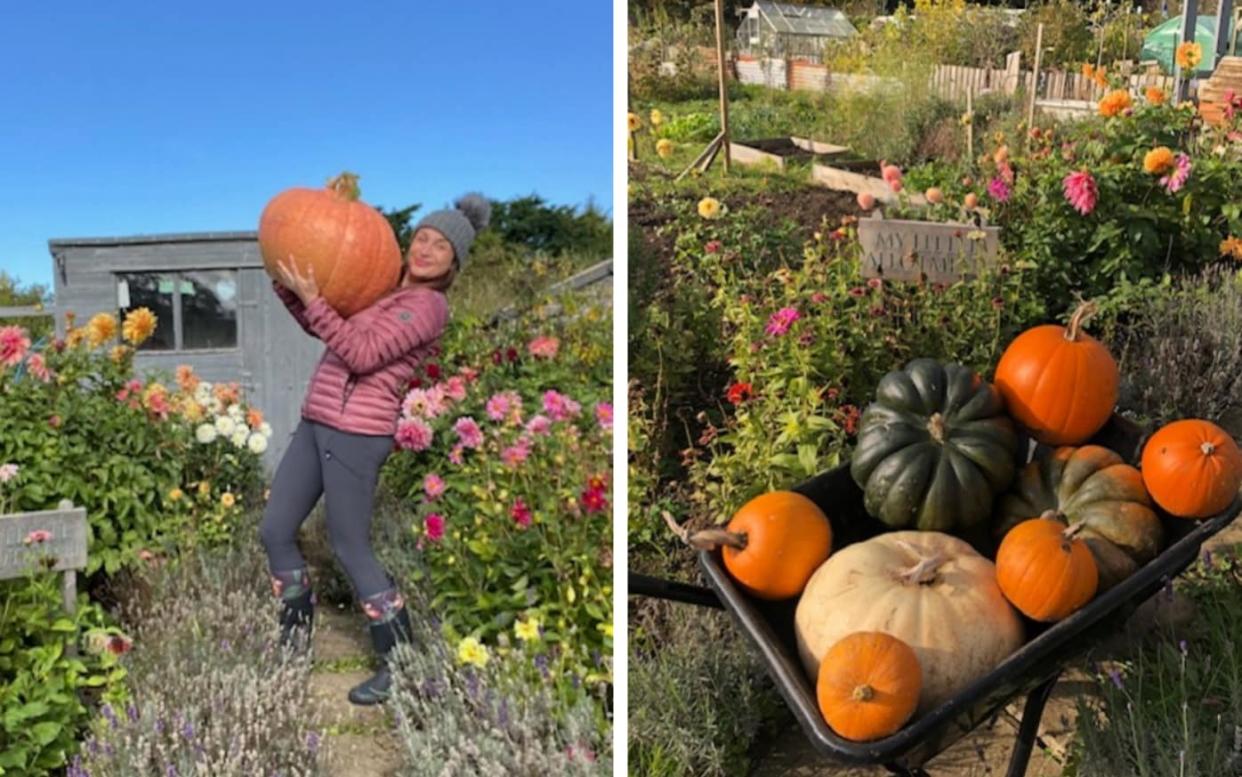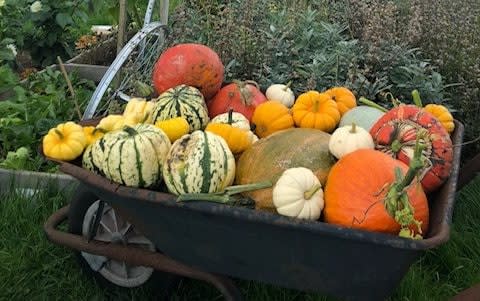How to grow healthy squash from seed

Have you been experiencing pumpkin envy? If this year’s crop of squash has inspired you to grow your own delicious, decorative gourds, help is at hand.
Below, we’ve enlisted the advice of allotmenteer Kirsty Ward, founder of My Little Allotment, who grows an array of squash varieties on her patch – from mini pumpkins on trellises to acorn squash and the more unusual Galeux d’Eysines squash.
At the Chelsea Flower Show in September, Kirsty’s produce was on display for all to admire in the wellbeing concept garden she designed alongside The Original Muck Boot Company. Here are her top tips on how to grow your own squash this year:
Pumpkins and squash thrive on nutrient rich soil, so prep the area you want to grow your pumpkins and squash by adding a thick layer of compost and manure to the ground in autumn.
Seeds are best sown indoors and plants transplanted out when seedlings are bigger and have good root systems, but make sure you wait until the risk of frost has passed before planting out, as the plants are tender to the cold and frost.
When growing seedlings indoors make sure that you harden the plants before planting them straight outside, as the shock can kill them. You can do this by lacing your seedlings outside in the daytime for a week while still bringing them in at night.
Pumpkin and squash plants grow quickly and can cover a lot of ground. If you are short of space, you can grow pumpkins and squash vertically and train them up arches and trellis.
When planting out, dig a good sized hole and add manure to the bottom. Place your plant into the soil, and at the edge of the hole add an empty plant pot. When you water your plants, water directly into the pot so the water goes straight to the roots and isn’t lost evaporating on the surface of the ground.
Make sure they are planted in a sunny spot with at least six hours of sunshine a day. Pumpkins and squash plants are extremely thirsty and hungry plants so make sure they are fed every 7-14 days with plant food. Add a layer of thick compost and mulch around the base of the plants to help retain moisture.

You can harvest young squash on the vine during the growing season and they will continue to produce more. If you want to store your pumpkins and squash over winter, leave them to cure on the vine until the vine has died back and cut the stem in a T-shape off the vine.
Store them in a cool dry place and make sure that the pumpkins and squash are not touching each other in storage, as this can cause them to rot.


